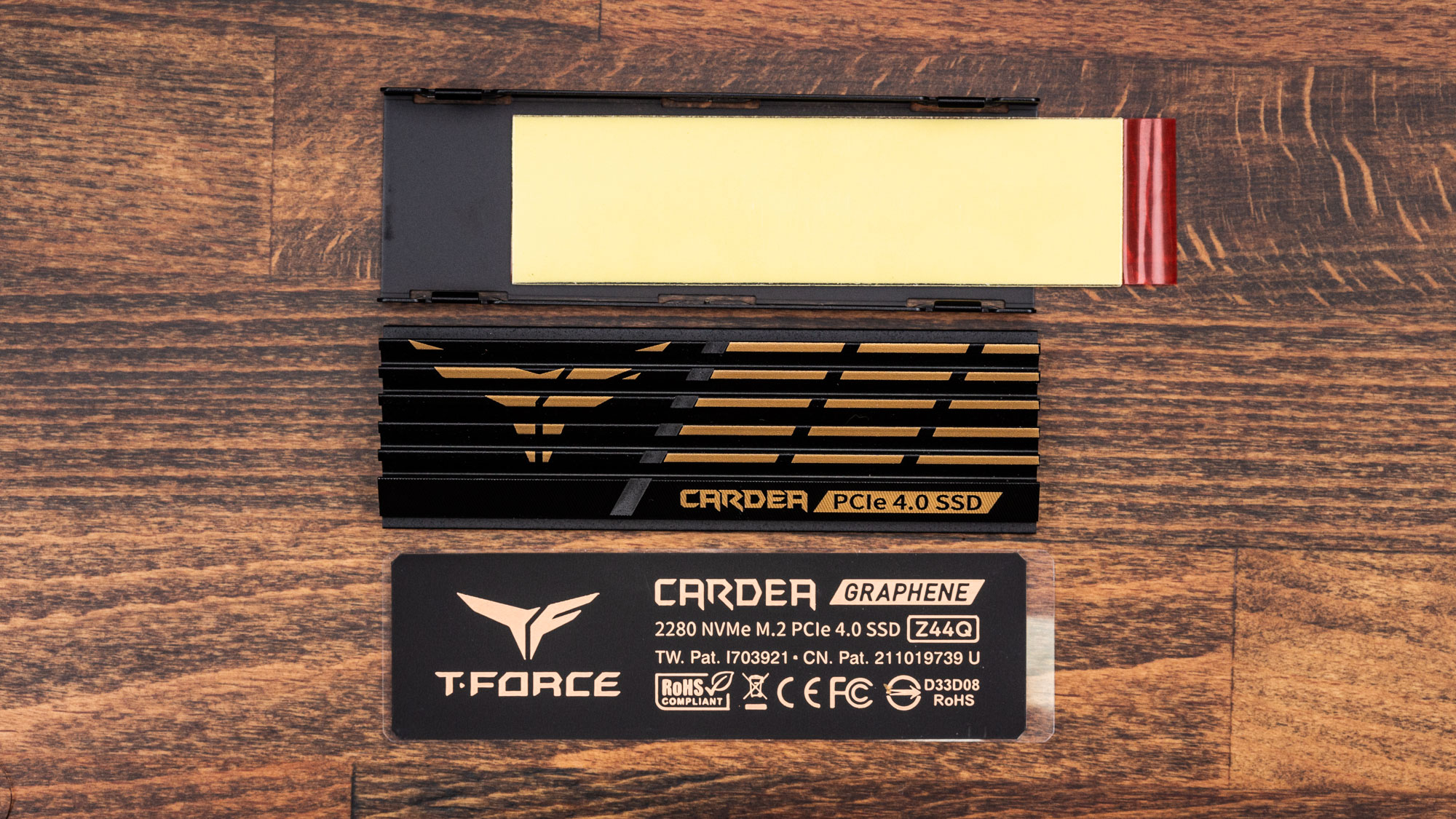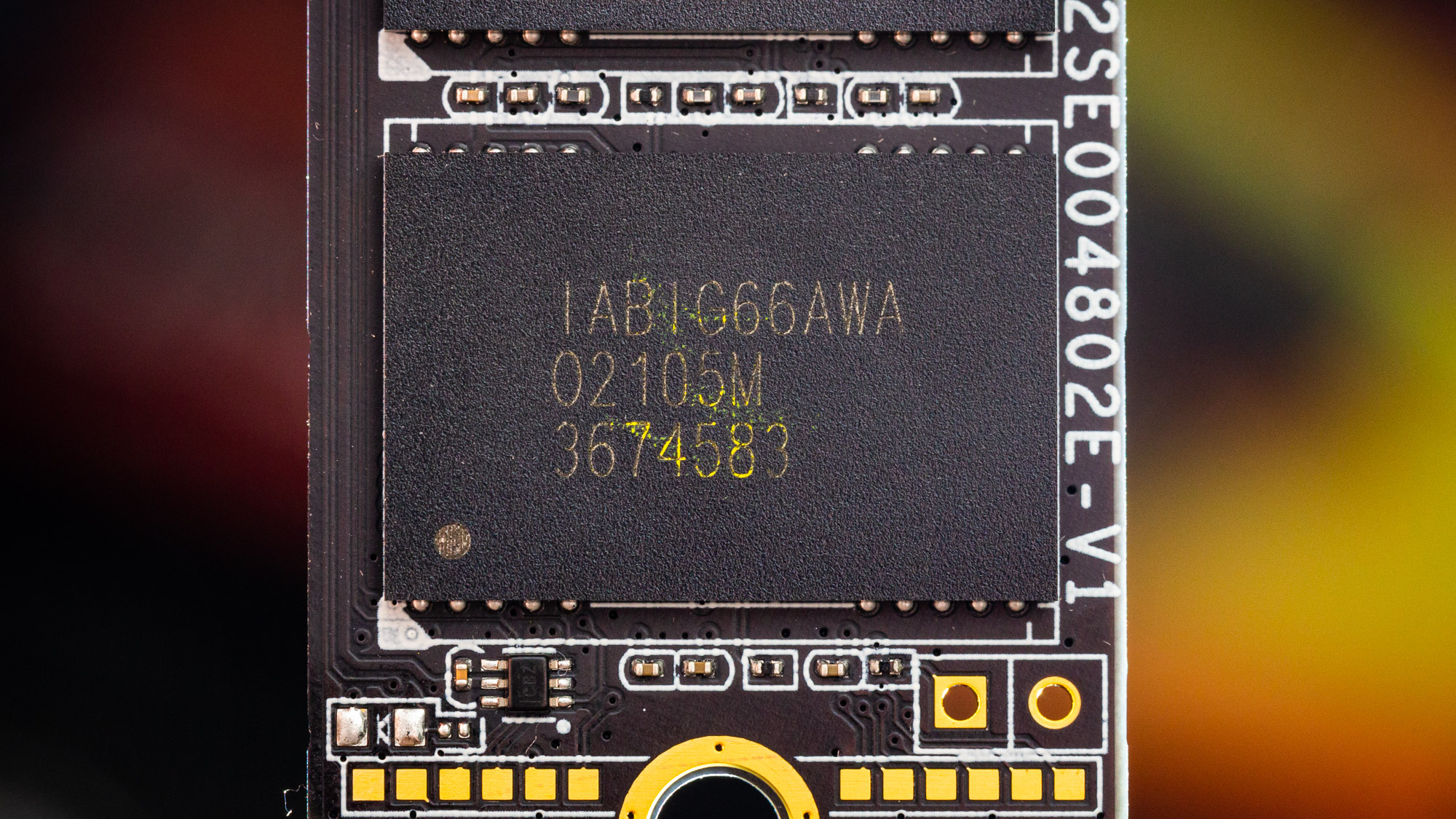Tom's Hardware Verdict
The Team Group T-Force Cardea Z44Q doesn't set performance records, but this entry-level PCIe 4.0 SSD delivers spacious capacity, good-enough performance for most users, and an excellent price point.
Pros
- +
+ Fast sequential performance
- +
+ Large SLC cache
- +
+ Reasonable cost-per-GB
- +
+ Included heatsinks
Cons
- -
Low endurance-per-GB compared to TLC
- -
Slow write speed after write cache fills
Why you can trust Tom's Hardware
Although it is built for gamers on a budget and has a nearly identical design to the T-Force Cardea A440 we recently reviewed, Team Group’s 4TB T-Force Cardea Z44Q is a different beast entirely. Like the A440, it comes with the same ready-to-install graphene and aluminum heatsinks, but instead of the latest and greatest components, the T-Force Cardea Z44Q leverages older hardware under the hood to help cut costs. Despite those alterations, the Z44Q provides up to 4TB of storage and PCIe Gen3-exceeding speeds that reach up to 5/4 GBps of read/write throughput. Team Group pairs that with effective cooling and more affordable pricing than many of the best high-capacity SSDs on the market.
Aside from the darker aesthetic, the Z440 is also very similar to the Sabrent Rocket Q4. Like the Rocket Q4, the Z440 pairs Phison’s first-gen NVMe 4.0 SSD controller with Micron’s 96-Layer QLC flash. This makes for a bit weaker performance than you'll get with the latest SSDs that can reach up to 7 GBps of throughput, but aside from slower load times, there won’t be too much difference in real-world use for the average gamer.
Specifications
| Product | 2TB | 4TB |
| Pricing | $239.99 | $599.99 |
| Capacity (User / Raw) | 2000GB / 2048GB | 4000GB / 4096GB |
| Form Factor | M.2 2280 | M.2 2280 |
| Interface / Protocol | PCIe 4.0 x4 / NVMe 1.3 | PCIe 4.0 x4 / NVMe 1.3 |
| Controller | Phison PS5016-E16 | Phison PS5016-E16 |
| DRAM | DDR4 | DDR4 |
| Memory | Micron 96L QLC | Micron 96L QLC |
| Sequential Read | 5,000 MBps | 5,000 MBps |
| Sequential Write | 3,700 MBps | 4,000 MBps |
| Random Read | 350,000 IOPS | 350,000 IOPS |
| Random Write | 600,000 IOPS | 600,000 IOPS |
| Security | N/A | N/A |
| Endurance (TBW) | 400 TB | 800 TB |
| Part Number | TM8FPQ002T0C327 | TM8FPQ004T0C327 |
| Warranty | 5-Years | 5-Years |
Team Group’s T-Force Cardea Z44Q is available in two capacities of 2TB and 4TB. Each is reasonably priced at $240 and $600, respectively, or roughly $0.12-0.15 per gigabyte. They reach up to 5/4 GBps of sequential read/write throughput and are spec'd to sustain up to 350,000/600,000 random read/write IOPS at high queue depths.
Team Group backs the Z44Q with a lengthy warranty, but its endurance ratings are typical of a QLC SSD. The 2TB model is rated for up to 400TB of writes and the 4TB model can handle up to 800TB of writes within its five-year warranty period. Additionally, the SSD supports Trim, S.M.A.R.T. data reporting and can be securely erased via the Format NVM command. However, the Z44Q lacks hardware encryption.
Software and Accessories
Team Group provides a simple SSD toolbox for monitoring the device’s health. It also has an SSD benchmark that's similar to Crystal Disk Mark. Both of the included graphene and aluminum heatsinks come ready for installation, too.
A Closer Look


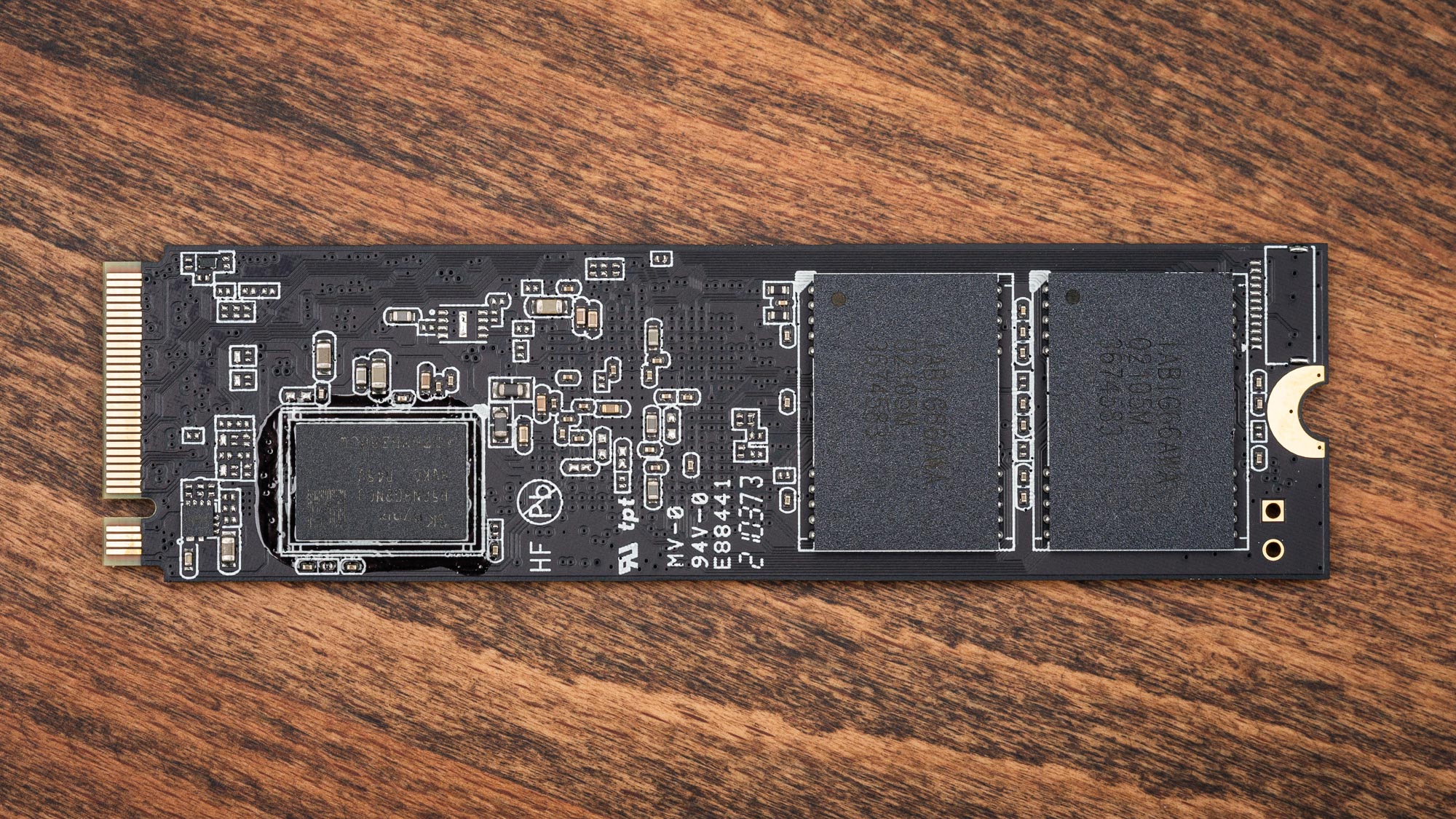
The T-Force Cardea Z44Q comes in an M.2 2280 double-sided form factor for both capacities and features a black PCB. Phison’s PS5016-E16 is planted near the center, with the DRAM bordering the pins and the flash placed furthest away.
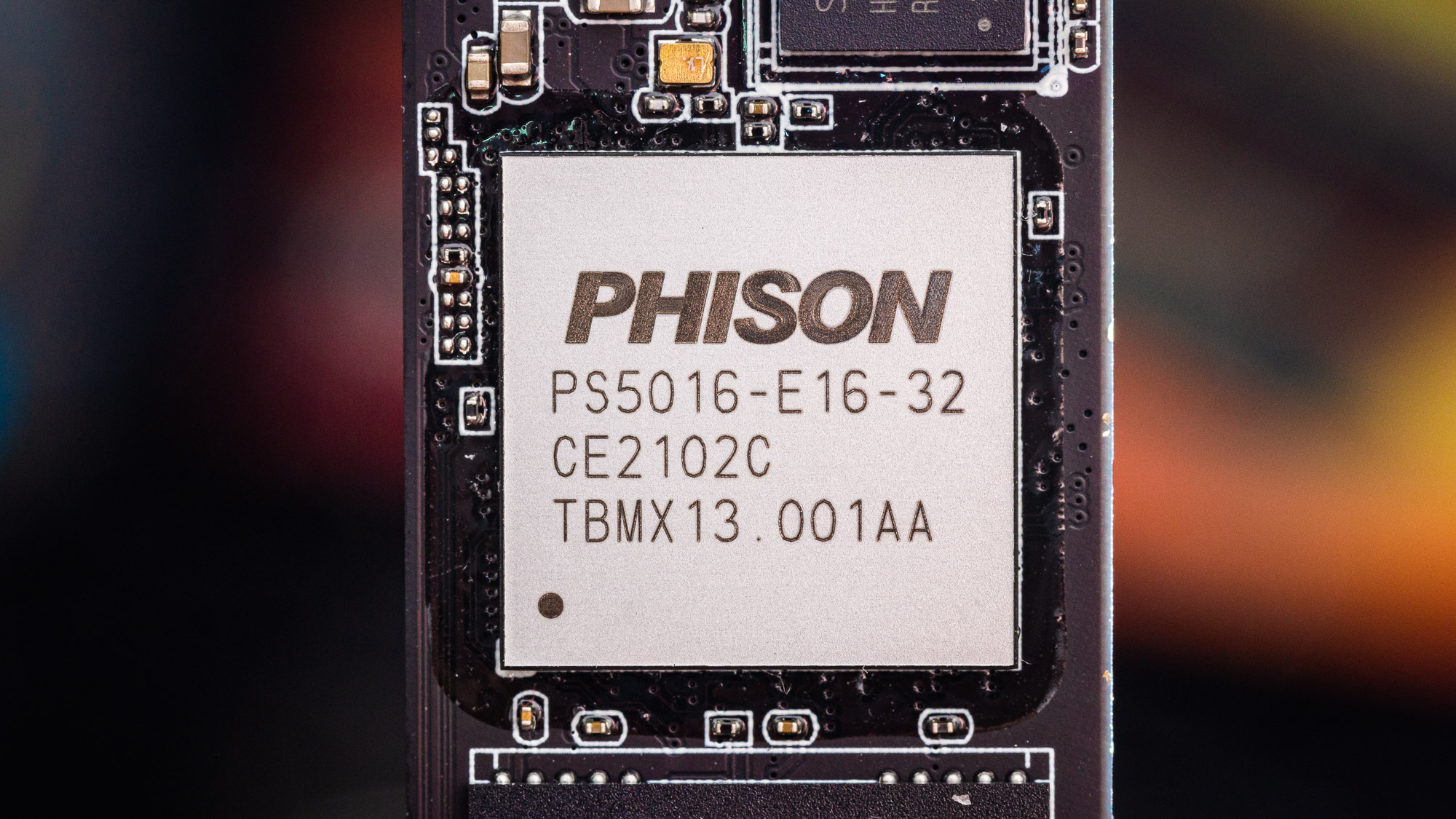
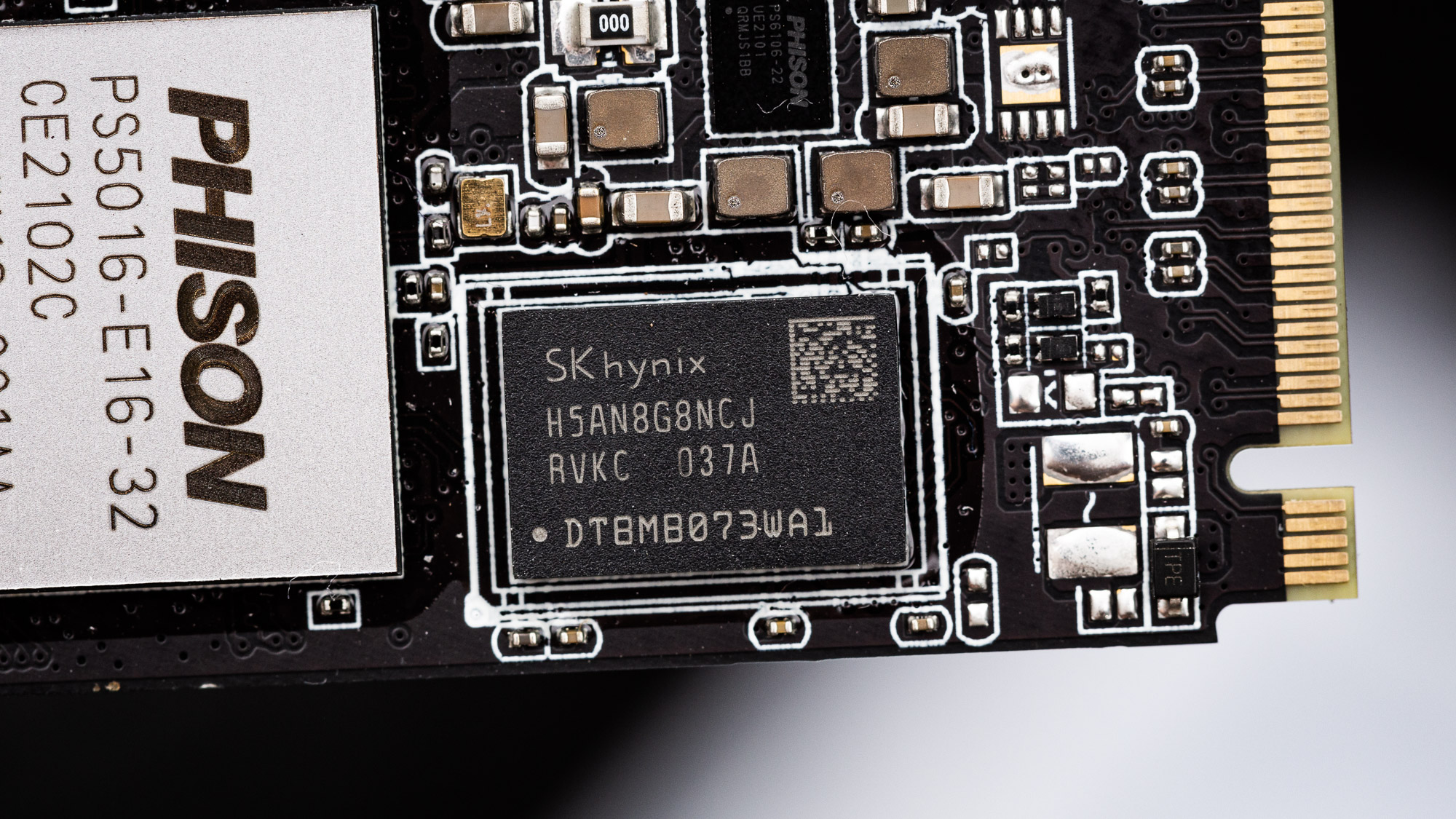
The E16 controller is designed around an eight-channel, multi-core architecture similar to the E12 that came before it. The main differences, however, are that the company swapped the PCIe Gen3 PHY for a Gen4 PHY, threw in a more sophisticated LDPC ECC algorithim, and cranked up the speed of its primary cores.
The E16's primary CPU cores operate at 733MHz while the co-processors clock in at lower rates to save on power. The controller interfaces with two 8Gb SK hynix DDR4 DRAM ICs that operate at 1,600 MHz for fast retrieval of the FTL mapping tables.
Get Tom's Hardware's best news and in-depth reviews, straight to your inbox.
Our 4TB sample has thirty-two dies of Micron’s 1Gb 96-Layer QLC flash distributed across four NAND packages. This is hardly new stuff, but with a quad-plane architecture and operating at 800 MTps, it delivers respectable performance for most normal PCs.
MORE: Best SSDs
MORE: How We Test HDDs And SSDs
MORE: All SSD Content

Sean is a Contributing Editor at Tom’s Hardware US, covering storage hardware.
-
seanwebster Reply
Fixed, thanks.Alvar Miles Udell said:Why is the Samsung 980 2TB missing from this test?
